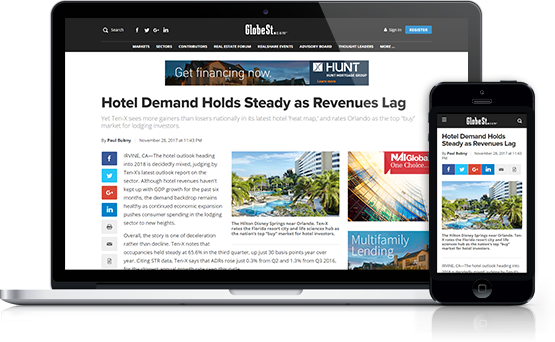The Code Requirements for Housing Accessibility dictates rules about everything from the placement of thermostats and light switches, to the width of hallways and confined room spaces where wheelchairs may have difficulty turning, to the location of grab bars. The rules cover all buildings with four or more apartments or condominiums. It applies to all units in buildings with elevators and all first-floor units in buildings without elevators.
The absence of clear-cut codes has worried owners, builders and rental management companies since the Fair Housing Act first established the accessibility guidelines for handicapped people in 1988."The good intentions of many apartment professionals trying to comply with the Fair Housing Act's requirements have been thwarted because of a lack of clear guidance from HUD," says Ron Nickson, vice president of building codes for the National Multi Housing Council and National Apartment Association.
Even when owners and builders knew of the rules, they did not know how to comply with the rules because the language of the Federal regulations is much more subjective than building codes, says an NMHC spokesperson.Real estate companies were reluctant to make changes for the sake of compliance, knowing these would be costly renovations that might ultimately be rejected by regulators or in court.
Recommended For You
Want to continue reading?
Become a Free ALM Digital Reader.
Once you are an ALM Digital Member, you’ll receive:
- Breaking commercial real estate news and analysis, on-site and via our newsletters and custom alerts
- Educational webcasts, white papers, and ebooks from industry thought leaders
- Critical coverage of the property casualty insurance and financial advisory markets on our other ALM sites, PropertyCasualty360 and ThinkAdvisor
Already have an account? Sign In Now
*May exclude premium content© 2025 ALM Global, LLC, All Rights Reserved. Request academic re-use from www.copyright.com. All other uses, submit a request to [email protected]. For more information visit Asset & Logo Licensing.








